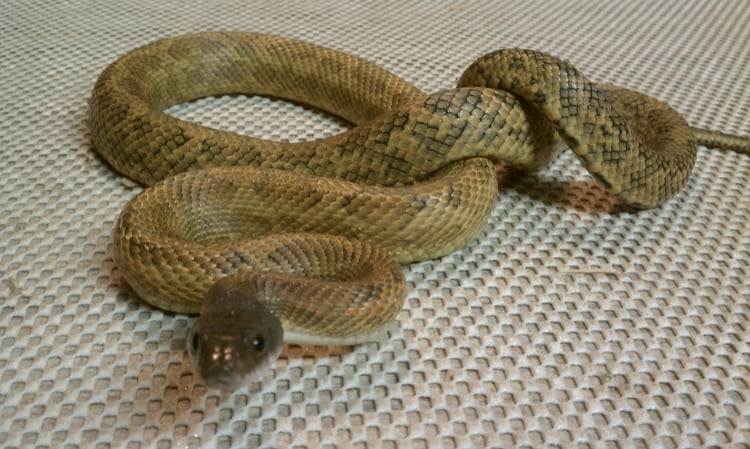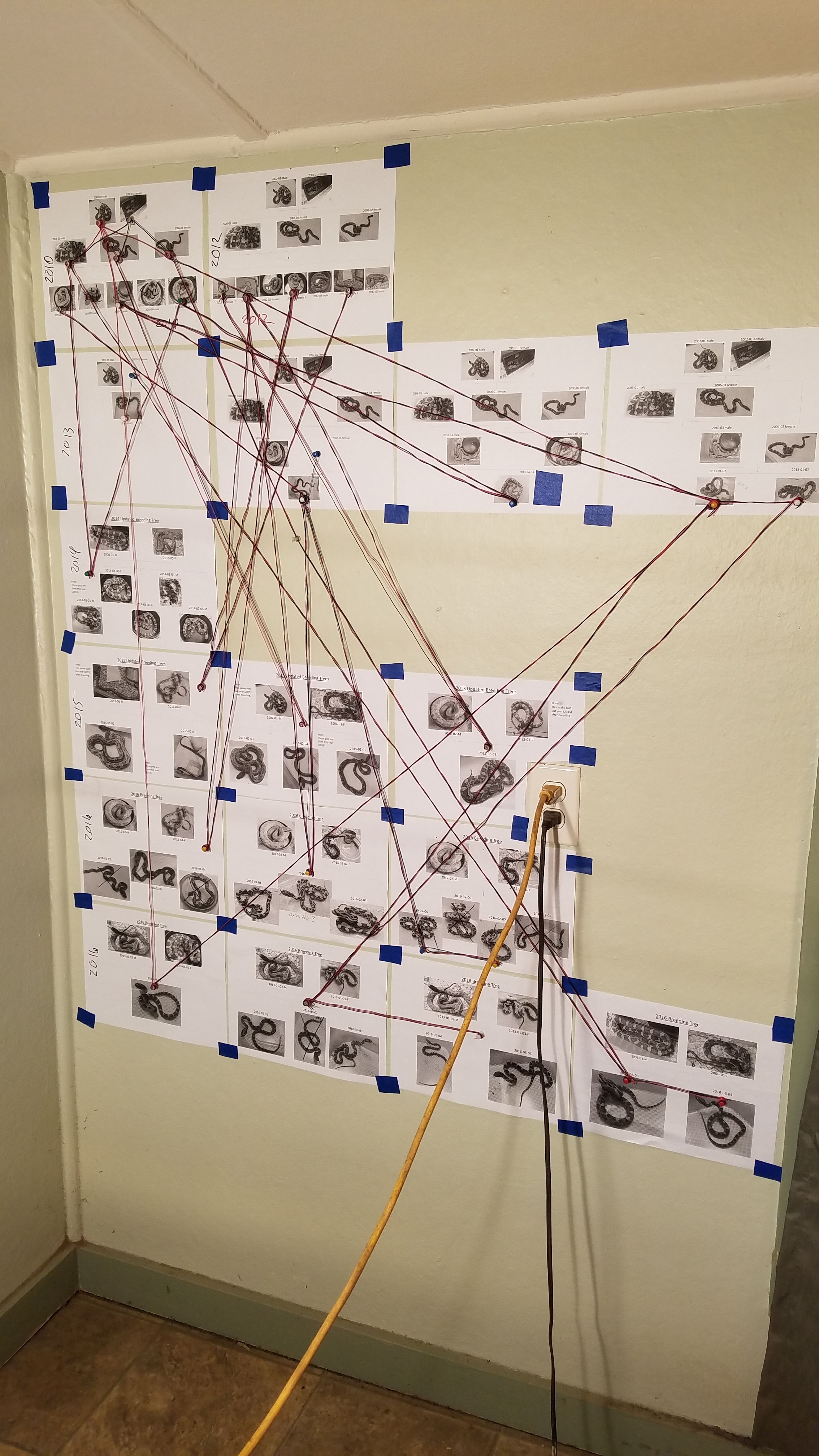I only feed frozen/thawed rats & mice. You can argue about that if you like but it's the most efficient way for me to pursue this hobby so I don't want to hear it. For me thawing is essential. For years I've just used a pan of water which had to be filled & refilled with warm water from the sink that wasn't too hot (don't want to cook the mice) but wasn't too cold so that the rats and mice could be close to a natural body temp when fed to the snakes. Tiny pinkies and large rats thaw at different rates and on feeding night I have to repeatedly stop the other things I'm dong to check up on my thawing rodents. BUT NOT ANY MORE! Because I have built the Thawmaster! (I'd trade mark it but it's just a heated water bath built with stuff from Amazon)
I rounded up a 150W heating element, a PID temp controller, a submersible thermocouple, a power cord, and some miscellaneous fittings. Then I just drew it up in CAD, plasma cut the stainless steel sheet metal parts, broke them and TIG welded the whole thing together! Voila! anyone can do it (if they can TIG weld and have a plasma table & press brake)
I know I'm being an ass but an industrious person could use a metal wash tub, pop rivets & JB weld to build basically the same thing.
I didn't document building the tank but here's the leak test. All good.
Then I wired everything up, figured out the programming and tested out the heater. (note: the K-type thermocouple that came with this PID controlled was NOT stainless and quickly rusted, so I replaced it with one that can handle the job.)
I mounted up the controls and ran it to see how it would hold temp. There's regularly a few degrees of variation on this completely un-insulated water bath but it's amazingly accurate for the <$100 total price tag. I was also worried that I might need a pump to circulate the water but it does amazingly well without one.
Here are some pics from right now as I type this. This is my finished prototype and it has runs 6 nights a week for the last month with only one problem which was caused by the thermocouple I replaced.
final note: I put my rodents in ziploc bags and the little mice & rats do just fine but the big rats have sharp nails that always poke holes in the bags so you always get some leakage. Dead rat water that is regularly heated to 100 degrees is a text book example of somewhere to grow horrible bacteria. I change the 6 gallons of water twice per week after thawing large rats and I wash the whole thing out with soapy water at least once per week! I need to find something better than ziplocs. Maybe something washable and reusable.
...but that is a problem for another day.








































































































